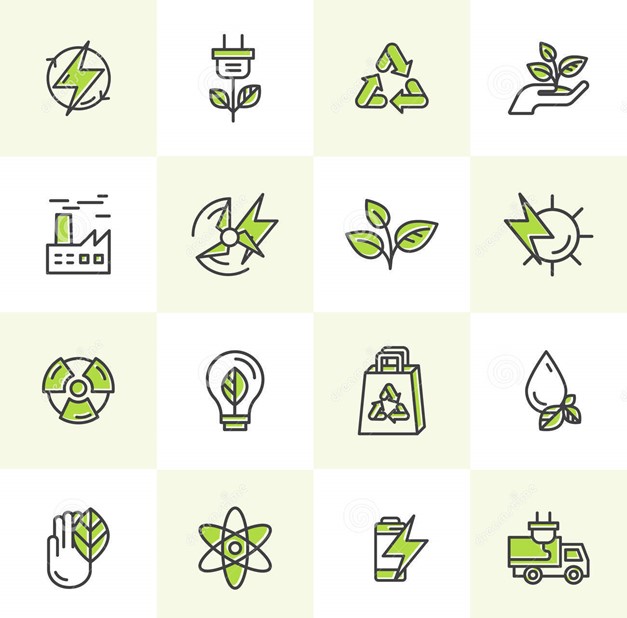
HOW TO APPROACH PRODUCT DEVELOPMENT IN A SUSTAINABLE MANNER
Environmental consciousness is now a must-have core value for every business and company introducing new products into the market. In such an economy, it is necessary to ponder over the following before beginning the design process of your product:
Raw Materials: Using 100% recycled and/or 100% recyclable material is suggested while considering the energy consumption and waste generation of processing. It is ideal to not introduce new, previously unused materials into the cycle.
Carbon Footprint: Optimizing the production process and supply chain, including transport, to lower the overall carbon footprint of the product.
Circular Economy: Making the product efficiently reusable, thus extending its lifecycle and usability.
Besides considering the environmental impacts of a product, there are many social and economic factors that need to be taken into account to truly make it sustainable and eco-friendly.
It is unrealistic to believe that the vast majority will buy eco-friendly products even if they are significantly more expensive than traditional equivalents.
It is also beside the point to use plant-based materials that use way too much water and require clearing of land to grow crops. These products are equally damaging to the environment as oil-based and single-use alternatives.
Other approaches include:
VALUE ENGINEERING: Less is more. Designing your product with the sole idea of saving money will lead to reduced material use.
CONSUMER ENGAGEMENT: Study your audience and give them what they care about. Most millennials are eco-conscious.
FIFO: “First in, first-out” simply means to use all your existing manufactured products before introducing a new design to the market. This method helps avoid wasteful behaviors. Also, the order in small volumes initially to study the response of your customers before going into full-scale production.






